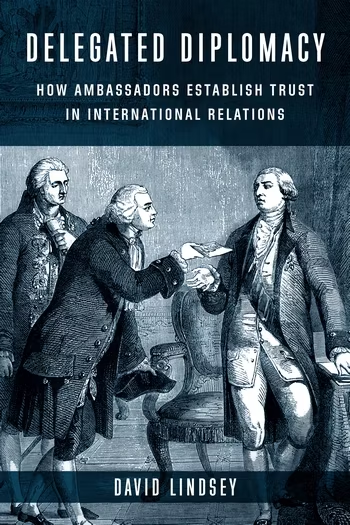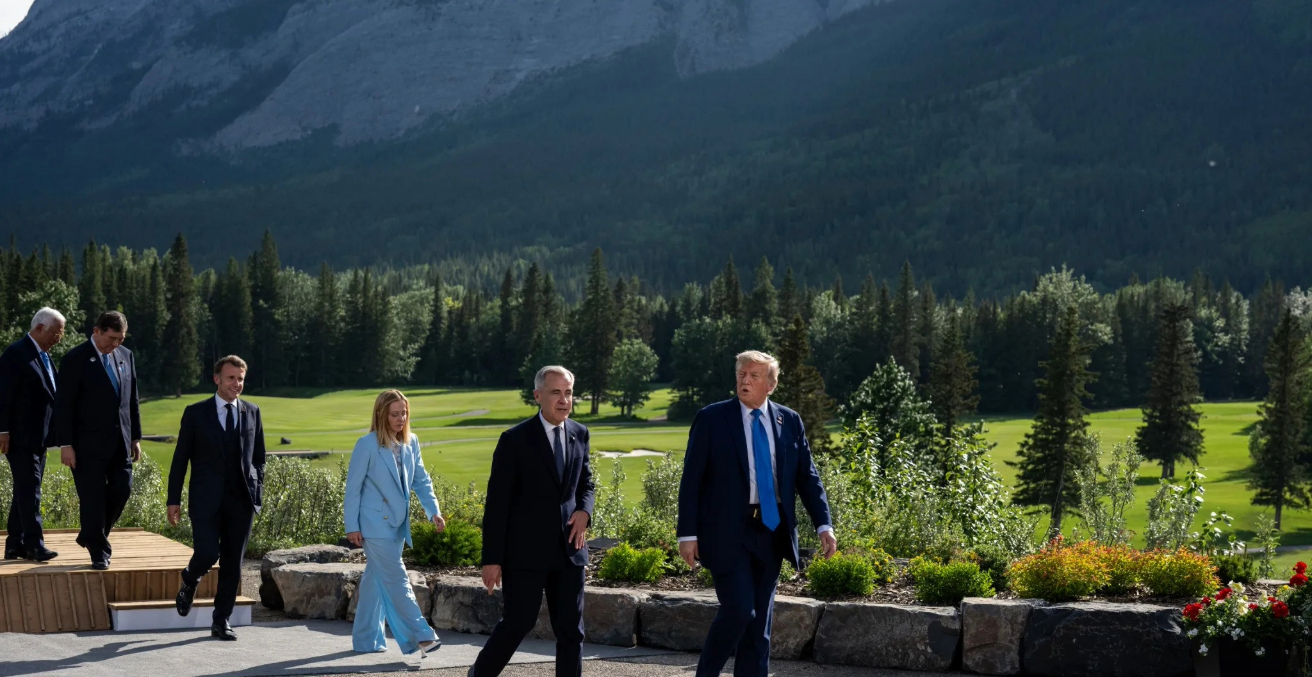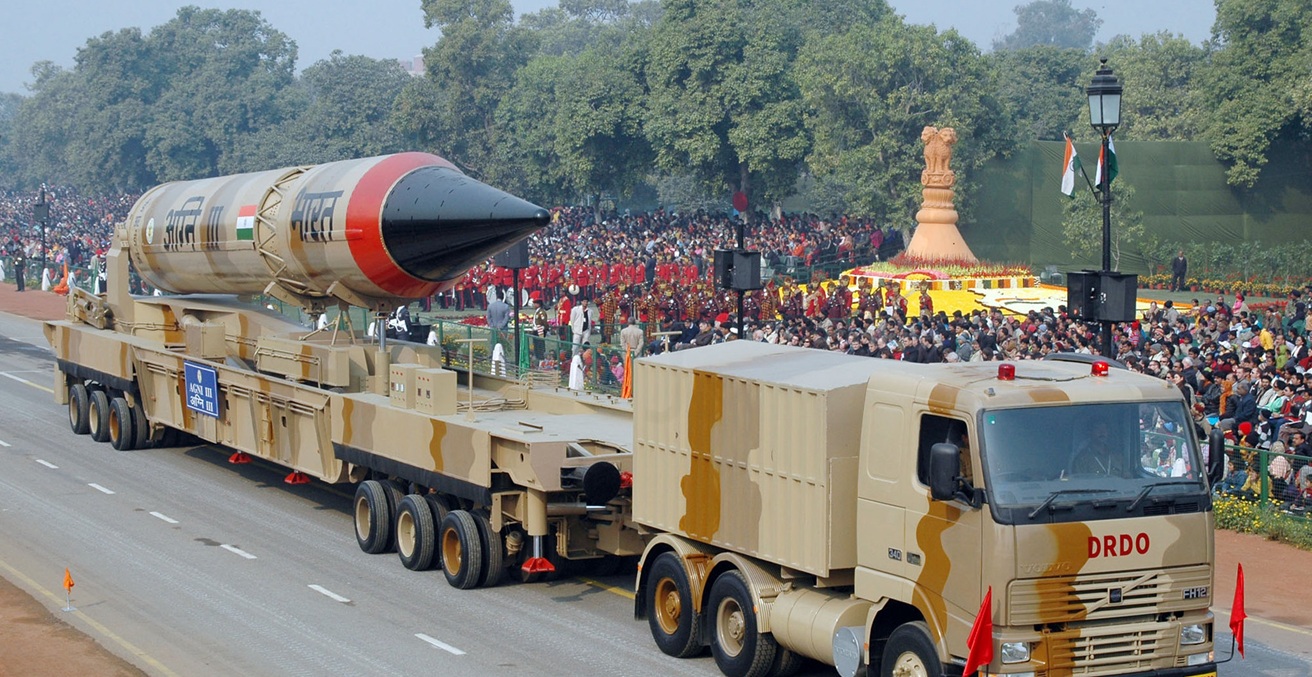For a long time, India’s academic and foreign policy circles have suffered from a “blind spot” on Myanmar, despite the country being an important neighbour for India. Finding a “Myanmar Consciousness” in Indian strategic thought and scholarship is a concept which remains the core thesis of the book.
Also referred to by its sobriquet “the Golden Land,” Myanmar borders four states in India: Arunachal Pradesh, Nagaland, Manipur and Mizoram. VK Krishna Menon, India’s former Defense Minister, could not have put it better when he said, “…what hurts Burma hurts us equally.”
In the fourteen chapters and 21 appendices, Colonel Jaideep Chanda, a serving officer and Kargil veteran, uses the theory of geographical realism to outline his ideas and perceptions on this Myanmar Consciousness. This back-to-basics approach where grounded realities are acknowledged is a core undertaking in Chanda’s work on borderland studies. His approach to examining Myanmar-India relations begins with a geographical overview (which is also how he begins the book), traversing then into the history, diplomacy, and the politics of the region.
Chanda points out how the border, established by the British, was arbitrary and artificial, and created challenges for the already hostile terrain. The current border of India-Myanmar extends from “Trijunction to Trijunction,” a point, or more specifically a border pillar, where the borders of three countries meet. The first trijunction, which lies in Mizoram, is the meeting point of Bangladesh, India, and Myanmar; and the second is in Arunachal Pradesh between China, India, and Myanmar. Chanda talks about the long history of the border, and how the policies over the decades have shaped it, such as the “Free Movement regime,” after the challenging legacy left by the British.
The aforementioned blind spot has been almost characteristic of India’s foreign policy towards Myanmar. Other such examples underlined by Chanda of how Myanmar often goes ignored in important conversations include a 1996 speech by Inder Kumar Gujral, who was to become prime minister of India the following year, who did not include Myanmar in the list of India’s neighbours. In 2014, when the first Narendra Modi government was elected, Myanmar was missing from the guest list of heads of states from neighbouring countries.
According to Chanda, this blind spot stems from a couple of major causes. The first is the ongoing debate on whether Myanmar is a part of South Asia in the first place – here, as a geographical realist, Chanda advocates for Myanmar’s inclusion in any dialogue about South Asia. The second is a Delhi-centric orientation of national politics stemming from a “mainland psyche.” He talks about how, out of all the prime ministers since independence, none has been from the north-east, which is often seen as the “troubled periphery.”
This is a challenge that Chanda explores throughout his book. He urges for a centrality to the northeast, instead of having New Delhi permanently at the driving seat, especially when it comes to foreign policy.
Apart from this, Chanda considers Myanmar’s own domestic policy as having created a challenge for India. Owing to the changing regimes of the neighbouring country, India has institutionalised what it calls the “two-track policy.” India now extends moral and political support to democratic forces and leaders in Myanmar, but, owing to the rise of military regimes, has kept cordial relations with the leadership, and concurrently engages with the military government.
India-Myanmar relations have seen a refurbished peak in the last decade. Prime Minister Manmohan Singh paid a state visit to Myanmar in May 2012, which was the first by an Indian prime minister in 25 years. Since 2012, two prime ministers have visited, with that number being met by similar Myanmar leadership visits to India. Aung San Suu Kyi, for instance, visited India in 2018.
More recently, in the wake of the 2021 military coup in the country, the Indian external affairs ministry has released advisories telling its citizens to refrain from travelling to Myanmar unless necessary.
With the leadership issue in Myanmar still in a state of crisis, developing a Myanmar-inclusive foreign policy, towards which this book is an attempt, will be an ongoing endeavour. Although the book will now need more appendices and perhaps another foreword in the wake of developments since publication, its core argument of developing a “Myanmar Consciousness” has gained credibility.
The academic rigour and archival record makes Irrawaddy Imperatives a bible on India-Myanmar relations, and not only questions the missing Myanmar factor from past Indian policies, but also gives concrete and practical ideas on being inclusive with this important neighbouring country in the South Asian backyard. Jaideep Chanda not only underlines that a healthier India-Myanmar relation would be mutually beneficial to the two nations (given the economic and diplomatic potential that is yet to be exploited) but also that it is essentially the need of the hour, particularly given the China question should relations with Myanmar be neglected further.
This is a review of Janeep Chanda’s Irrawaddy Imperatives, Reviewing India’s Myanmar Strategy. New Delhi: Vivekananda International Foundation, 2021. ISBN: 9390095344
Inderpal Singh is a student of Political Science at St. Stephen’s College, University of Delhi. He is an intern at Asia Society Policy Institute, New Delhi.
This review is published under a Creative Commons License and may be republished with attribution.




